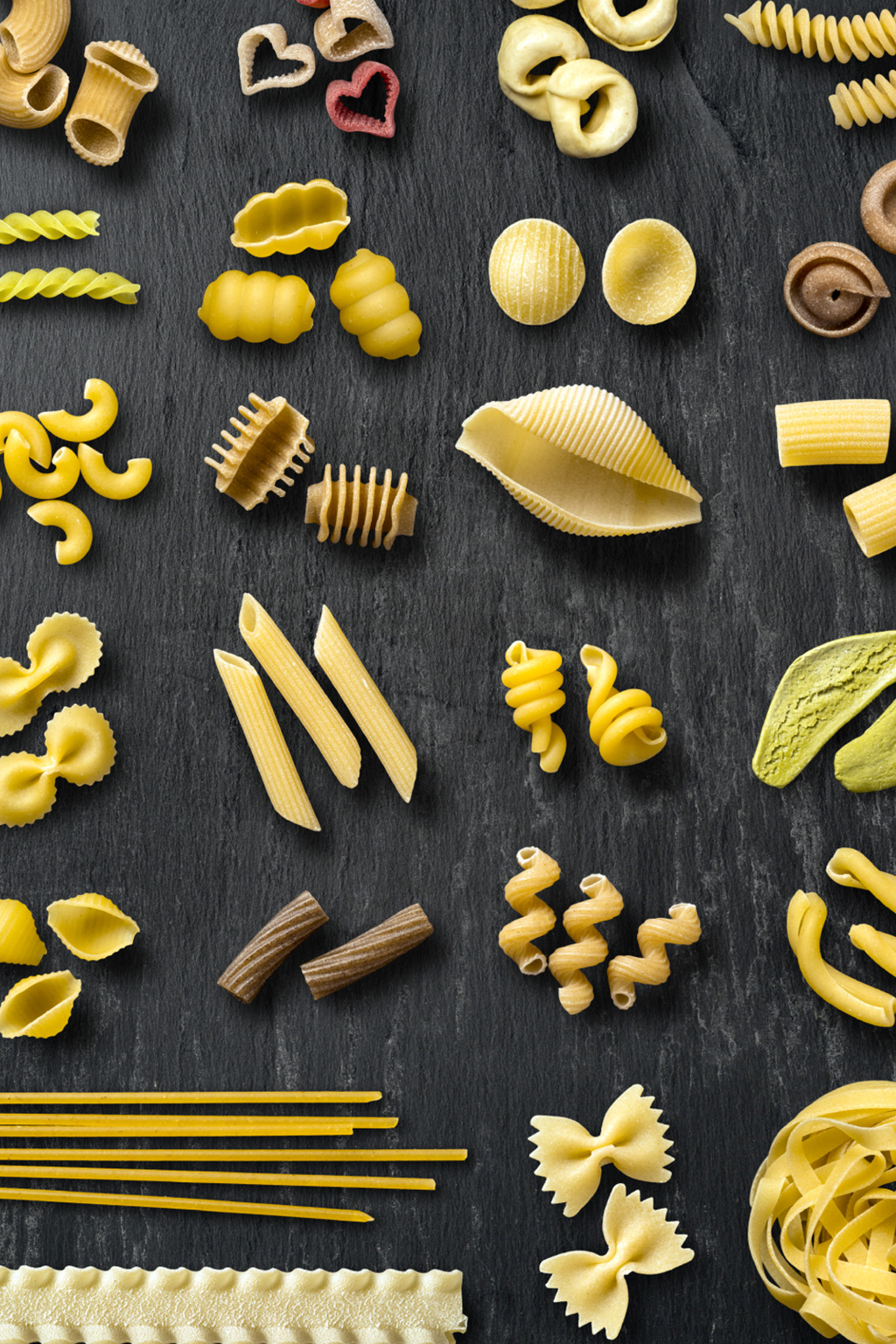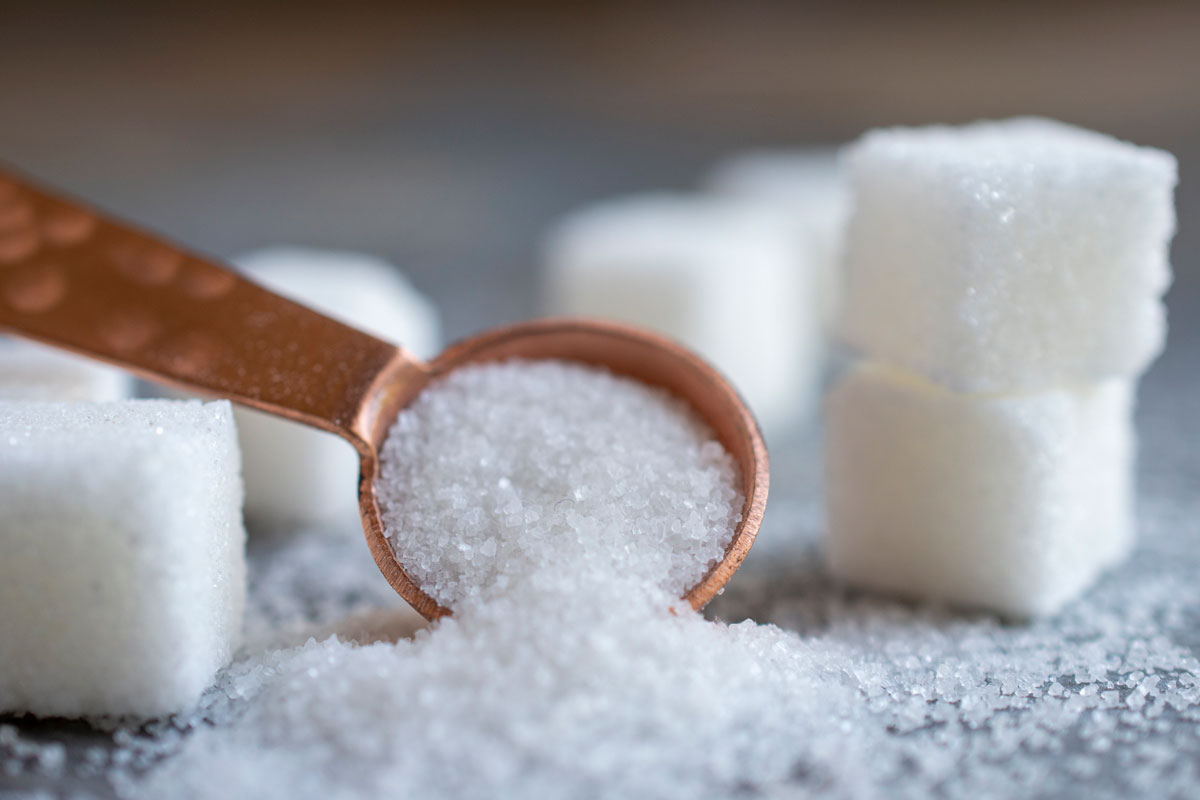1) STAY AWARE AND APPRECIATE HEALTHY COOKING
Make conscious decisions when it comes to healthy food, give yourself time to cook healthy meals instead of cooking healthy meals that you only seem practical, easy and quick to prepare. Opt for delicious and tasty healthy food, then treat yourself by eating them. When you really enjoy what you eat, you are more easily satisfied.
2) BUY UNPROCESSED FOODS FOR YOUR KITCHEN
Choose whole grains instead of processed grains. Whole grains like brown rice and bulgur have kept their properties intact and thus provide more fiber, B vitamins, magnesium, zinc and other nutrients.
3) USE FATS WISELY FOR HEALTHY COOKING
All fats are not necessarily bad. Choose vegetable fats (like olive oil) instead of animal fats (like butter). But use good fats in moderation anyway, because all fats (whether good or bad) are loaded with calories which is not healthy in the long term.
4) INCORPORATE MORE FRUITS AND VEGETABLES FOR HEALTHY COOKING
Most people do not consume enough fruit and vegetables. Try to incorporate 5 to 13 servings of fruit per day into your cooking. Choose fruits and vegetables from different varieties to meet your needs. Making fruit smoothies can be an excellent solution to provide yourself with regular healthy food intakes instead of snacking heavy chocolate bars when you’re hungry.
5) MEAT IS NOT EVERYTHING WHEN YOU’RE IN THE KITCHEN
Meat is a very good source of protein, but it is also very fat, especially red meat. Then use lean meat (without fat or skin), fish and poultry in your recipes. Fill the rest of the plate with healthy vegetables and whole grains. You’ll find numerous chicken and fish recipes on Eatwell101 as our recipe database is growing everyday.
6) CHOOSE FAT-FREE DAIRY PRODUCTS TO COOK MORE HEALTHILY
Dairy products like milk, sour cream and yogurt are good sources of animal fat. Replace dairy products made from whole milk with low-fat dairy products. Fat free products (just like skimmed milk) is a simple way to reduce saturated fat when starting to cook healthier.
7) CONTROL PORTION SIZES FOR HEALTHY COOKING
While we would all like to have a magic bullet to control our weight, it really comes down to reducing calories. One of the easiest ways to manage calorie intake is to serve good size portions after cooking. You can check this post to learn how you can control your servings by using the right size for your plates.
8) USE ARTIFICIAL SWEETENERS SENSIBLY FOR HEALTHY COOKING
The sugars of any kind, whether corn syrup, white sugar, brown sugar, honey, maple syrup etc… Sweeteners add calories significantly to dishes, without providing any nutritional value. Stay away from highly processed sweets, hidden sugars such as those found in sodas.
9) KEEP AN EYE ON SALT WHEN YOU COOK HEALTHILY
Whether you have high blood pressure or not, you should watch your salt consumption and the amount of salt you put into the dishes. Nutrient intakes recommended by nutritionists salt are less than 2.3 grams per day (about 1 teaspoon of salt per day).
10) CHOOSING THE TASTE WHEN YOU MAKE HEALTHY FOOD
Improve your cooked recipes with bright flavors from healthy ingredients like fresh herbs, spices and citrus. When cooking dishes that have lots of flavors, there is no reason to feel deprived and tempted by adding fats.




